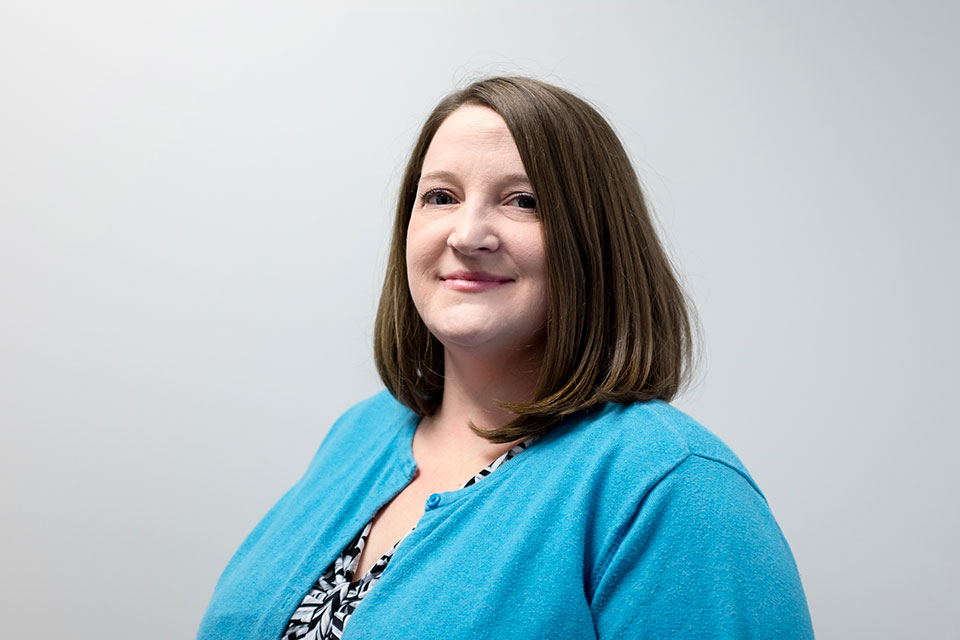Zoo U’s recent roll out in the Sacramento City Unified School District is featured in Bright—a publication dedicated to covering innovation in education, with funding by the New Venture Fund and support by The Bill & Melinda Gates Foundation.
In the feature-length article, Journalist Ellen Lee writes:
Last month, with the help of educational game marketer Personal Learning Games, Zoo U started making its way to schools across the country, and expects to be in about 15 pilot programs by the end of the year. One of them is the Sacramento City Unified School District in Northern California, a district of nearly 48,000 students, 71 percent of them classified as economically disadvantaged. It received a grant three years ago to roll out a dedicated social and emotional learning curriculum in its schools and is part of a nationwide movement to incorporate such skills as part of core classroom teaching. The school district has started to introduce Zoo U into select classrooms. Mai Xi Lee, who directs social and emotional learning in the school district hopes it will not only help students build new skills, but also capture data on how much they’re learning.
The article includes interviews with Dr. Melissa DeRosier, 3C Institute CEO, and Jessica Berlinski, chief impact officer of 3C Institute partner Personalized Learning Games, on Zoo U’s proven results and ability to be used with in-person social and emotional learning (SEL) programs.
The journalist also chronicles her daughter’s positive experience in playing Zoo U and notes that SEL games are critical for anyone growing up in the digital age:
It may seem ironic to battle technology consumption with more technology consumption. But the ease that kids have with technology can also work in their favor. Games can engage and motivate students who might otherwise resist classroom instruction, and they can be customized to a student’s level. They also offer a virtual space for children to experiment and try new behaviors.
Zoo us is available for purchase through Personalized Learning Games.

